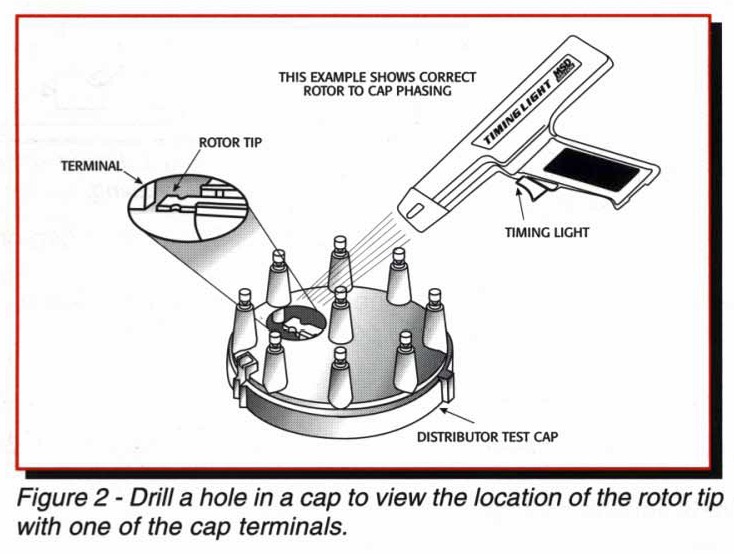So they just put a vacuum advance on to create problems? A correctly working vacuum advance does what it is designed to do - give you proper advanced timing at higher engine rpms. However, most of these distributors are 35 - 40 years old and have never been touched. If your advance is opening that much, there are issues with the distributor or advance. Plus, most run a stock distributor and vacuum advance on motors with cams, custom exhaust, intakes and carbs - all of which change the dynamics of the motor. My statement is not accurate? That is not true at all. I personally run a mechanical advanced distributor and don't have those issues, but springs get week and weights pull too far with age.
Look, my point is that you can have a perfectly functioning engine WITHOUT vacuum advance, even with a distributor that was designed for it. You can actually have a better running engine
without it, depending on how your timing is set. It
absolutely depends on your engines timing, you can't make a blanket statement that if you're not using vacuum advance you're leaving power on the table.
The vacuum advance works great and gives you the proper amount of advance if you're running the specified amount of initial advance. But if you look that up, the tune up specifications for most SBM's call for less than 10* of initial advance. Some of them, depending on the year, call for 0* - timing set right at TDC.
I'll use my 318 as an example. My 318 doesn't even RUN at 0*. At 12* advanced it starts to run ok, and it's happy at 18* advance. That means that with the vacuum advance hooked up and running properly, I'm running over 50* of advance all in. That flat doesn't work, even with the distributor and advance all working as it should. In order to keep from detonating, I had to run about 10* advance, and my engine HATED it. Unhook the vacuum advance, dial up the initial timing, and viola, car ran like a champ.
If you assume less than 10* of initial advance, like the factory did, you'll see that with the vacuum advance hooked up and the timing set as specified you'd be looking at the upper 30's for total advance, maybe low forties. Not mid to upper 50's. If you run 18* initial, you can't use the stock vacuum advance. Plain and simple. But, you can STILL get the proper amount of advance needed for the engine.
I've seen more than a few SBM's with really high initial timing settings like mine. Not sure why, until I had my 318 (which is almost entirely stock, BTW) I'd never run that much on anything. And if that is what you need to run for initial, you do need to rework your timing curve, because not even the stock mechanical advance will be right on at that point. I now run a pertronix billet distributor, vacuum advance unhooked, and mechanical curved and set for about 36* all in. And that 318 runs great just like that.

















